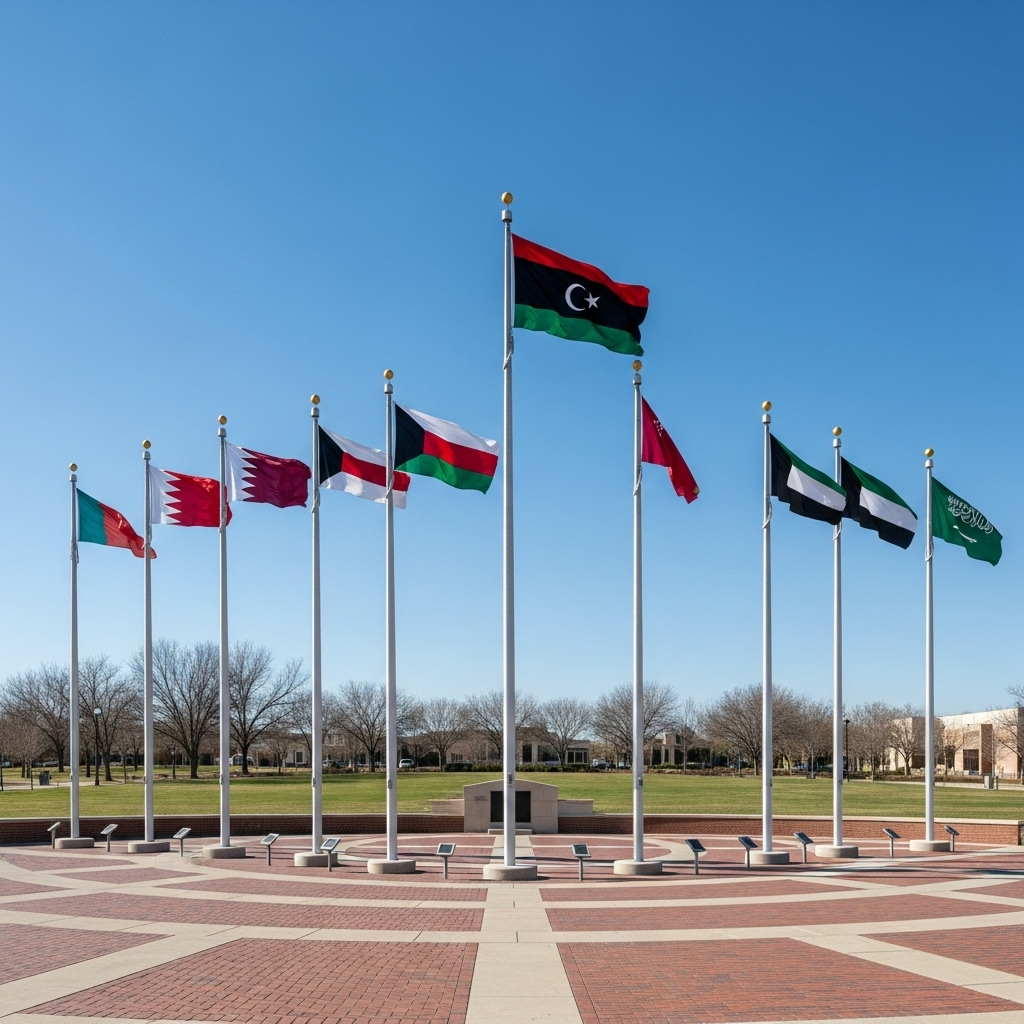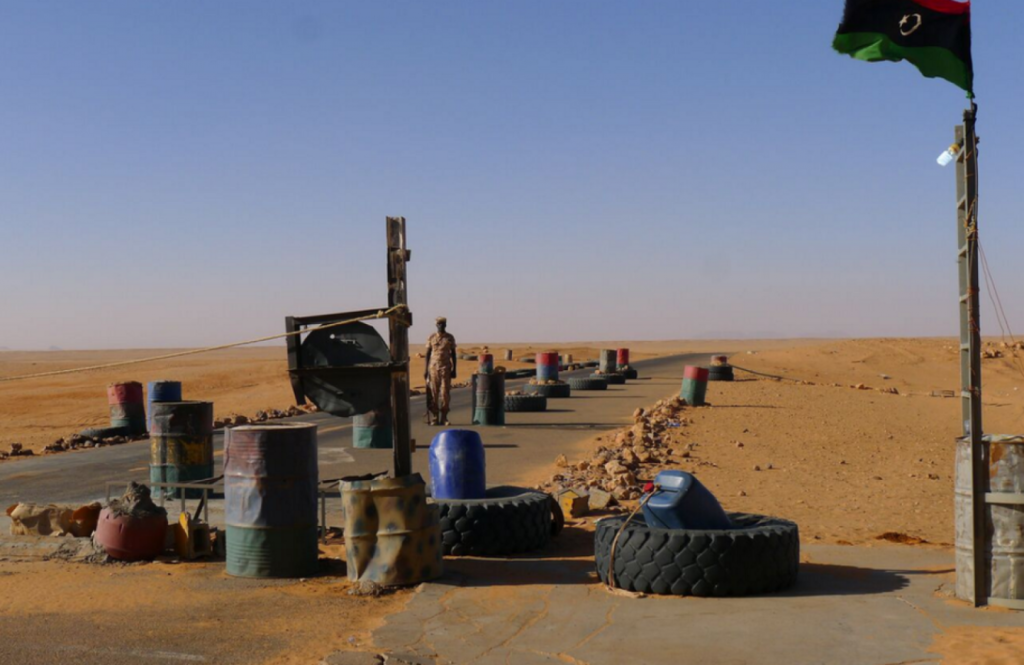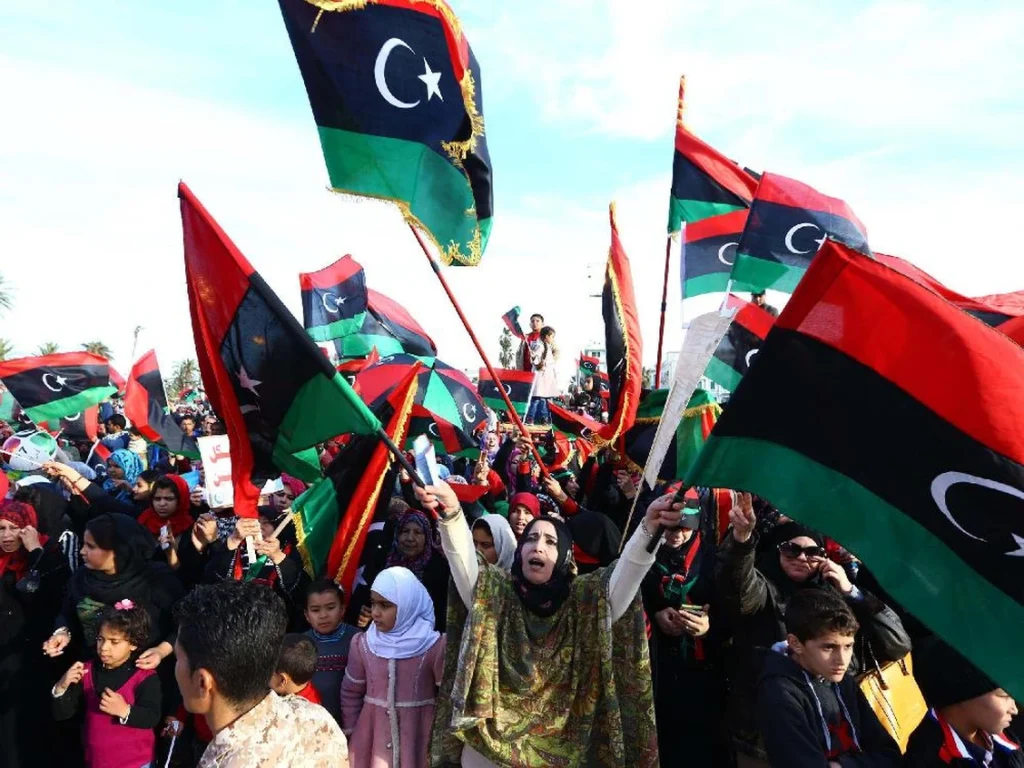Libya’s Human Capital: From Oil Dependency to Renewal
Across the Mediterranean, governments are rethinking what underpins stability. For decades, Libya’s strength was measured in oil output and territorial control. Today, a quieter foundation is taking shape, libya human capital. Beneath political turbulence, a new generation of technicians, engineers, and administrators is reconstituting the human architecture of the state.
Nearly 70 percent of Libya’s population is under 40. Technical institutes are reopening, energy and infrastructure companies are rehiring, and international programs are training a new cadre of professionals to meet the demands of reconstruction. What was once seen as a liability, youth unemployment and brain drain, is becoming a national asset.
A functional, employable workforce now underpins Libya’s stability. It binds citizens to institutions, reduces migration pressures, and provides the human backbone for diversification into logistics, renewable energy, and manufacturing. “The next phase of Libya’s recovery will not be measured only by production, but by participation,” said a senior official from the Ministry of Labor in 2025. For regional partners, this shift reframes Libya’s image, from a source of volatility to a contributor of skills, services, and cooperation.
Building Libya Human Capital Beyond Oil Dependency
For half a century, Libya’s economy revolved around oil revenues that financed salaries and subsidies but stifled enterprise. When conflict disrupted exports after 2011, the weakness of this dependency became clear. By 2023, the Ministry of Economy and Trade concluded that diversification could not begin without workforce reform. Industrial recovery, logistics modernization, and service expansion all required skills the labor market lacked. “Our bottleneck is not capital,” a Central Bank advisor observed in 2025. “It’s competence.”
Major sectors, energy, infrastructure, and agriculture, are now linked to vocational pipelines. The National Oil Corporation (NOC), once a symbol of rentier dependency, has become a national training hub for technicians and engineers. The Ministry of Industry has partnered with the Libyan Investment Authority to co-fund schools in logistics and machinery repair, disciplines vital for reconstruction.
Private demand is reinforcing this trend. Construction and telecommunications firms are retraining workers through partnerships with Italian, Turkish, and Egyptian companies. In Misrata’s Free Zone, the EU’s Mediterranean Skills Initiative links port logistics training to guaranteed employment with shipping operators. Similar programs in Benghazi and Sebha connect vocational centers directly to employers. Libya’s human capital is now proving that diversification starts with people.
Education Reform and Skills Modernization
Education reform is becoming Libya’s quiet revolution. The National Workforce Modernization Program launched in 2023 aligns higher education and technical training with labor-market needs. Early audits revealed too many graduates in humanities and too few certified technicians. As a result, 19 vocational institutes have been reopened or upgraded, emphasizing hands-on learning in fields tied to infrastructure and energy.
International partnerships are accelerating progress. The EU’s Vocational Bridge Initiative links Libyan institutions with counterparts in Malta, Italy, and Greece, standardizing certification and enabling graduates to work across Mediterranean labor markets. “The goal is not only to train but to connect,” said the EU ambassador to Libya in 2025.
Private and foreign investors are driving change as well. Oil companies, construction firms, and port operators now sponsor apprenticeships that blend coursework with on-site experience. The NOC’s training arm hosts joint modules with Italy’s Eni and France’s TotalEnergies, while Turkish contractors in Misrata and Sirte offer electrical and safety instruction for local hires.
Mobile training units in Sebha, Kufra, and Ghat, supported by UNDP Libya and the Red Crescent, bring vocational education to underserved communities. These programs, teaching mechanical repair, solar installation, and water system maintenance, help stabilize southern regions once reliant on smuggling. Enrollment in vocational schools has surged by nearly 40 percent since 2022, showing that classrooms are becoming engines of stability and peace.
Youth Employment and Economic Security
Youth employment is fast becoming Libya’s most effective security policy. According to the Labor Market Outlook 2025, roughly 60,000 new jobs have been created since 2022 in construction, transport, and energy services. Reconstruction contracts now prioritize national labor, with 80 percent of workers in Misrata’s port rehabilitation projects drawn from local vocational graduates.
These initiatives generate visible stability dividends. In the south, the IOM’s Stabilization through Employment project has retrained young men for engineering and logistics, curbing smuggling and reducing militia recruitment. “Work is our best security program,” a southern mayor told reporters in 2025.
Women’s participation is also rising. Programs led by the Ministry of Labor and the Libyan Businesswomen Council are training women in accounting, IT, and public administration. Though participation remains modest, it is expanding, especially in education and healthcare.
A new generation of entrepreneurs is further diversifying Libya’s economic landscape. Youth-led start-ups in renewable energy, agritech, and digital services are emerging in Tripoli, Benghazi, and Misrata, often incubated by local universities and EU-funded accelerators. Microfinance programs supported by the Central Bank and UNDP have issued hundreds of small grants, helping young Libyans launch carpentry workshops, e-commerce ventures, and solar maintenance firms.
Employment is strengthening legitimacy at the local level. Municipal councils that deliver jobs and training earn public trust, proving that governance can work. When youth see a link between education and opportunity, they see a future within the state, not outside it.
Regional Cooperation: Strengthening Libya Human Capital
Libya’s human capital is increasingly tied to the region’s economic future. The EU’s Southern Neighborhood Employment Compact connects Libyan vocational graduates with short-term placements in maritime and energy sectors across Malta, Sicily, and southern Italy.
Bilateral labor agreements with Tunisia and Egypt enable circular migration, allowing professionals to gain experience abroad and return home with new skills. “Our aim is to build a skill base connected to regional markets,” Libya’s labor minister told the 2025 Arab Labor Organization summit.
These partnerships extend to Mediterranean infrastructure projects. The EU’s Global Gateway and Italy’s Mattei Plan include training programs linked to Libyan ports and industrial zones. Each trained technician contributes not just to Libya’s economy but to a shared Mediterranean labor network.
This cooperation aligns with Europe’s climate transition agenda. Vocational programs now include renewable energy installation, grid maintenance, and environmental management, all sectors tied to EU green financing. By linking skills to sustainability, libya human capital is becoming a central part of Europe’s energy transition framework, where people are as strategic as resources.
Institutional Reforms for Sustainable Growth
Libya’s workforce revival will endure only if institutions can sustain it. The National Human Capital Strategy (2026–2030) being drafted by the Ministry of Labor outlines three priorities, data, investment, and coordination.
A unified labor registry, backed by the EU’s MedStat program, will integrate education, employment, and industry data, enabling evidence-based planning. A Workforce Development Fund, jointly managed by the Libyan Investment Authority and Central Bank, will allocate oil and customs revenues to training centers and small-business grants.
To prevent overlap, a National Skills Council will coordinate ministries, private employers, and donors. Local councils in Misrata, Benghazi, and Sabha are already piloting regional skills boards that align training with port expansion and urban planning. International partners such as the International Labour Organization (ILO), UNDP, and EU are providing technical guidance to ensure Libya’s programs meet global standards on inclusivity, labor rights, and transparency.
If implemented, these reforms could institutionalize the link between productivity and governance. A state that trains, employs, and retains its citizens will command legitimacy, proving that Libya’s recovery is not just about oil, but about people.
Conclusion: Libya’s Human Capital as a Strategic Asset
Libya human capital is redefining national strength. Each training program, apprenticeship, and small enterprise contributes to stability built on competence, not coercion. A decade after civil conflict fractured the economy, Libya is showing that rebuilding people can rebuild the state.
For policymakers in Tripoli, Tunis, and Brussels, the message is clear, human capital is Libya’s most renewable resource. It fuels growth, tempers migration, and anchors regional cooperation. If Libya sustains this momentum, embedding skills development into law and governance, its youth could transform a fragile recovery into durable peace.
In the long arc of Libya’s reconstruction, people are not the aftermath of stability, they are the engine of it, and increasingly, the country’s most persuasive form of diplomacy, connecting Libya’s ambitions to the shared prosperity of the Mediterranean.



